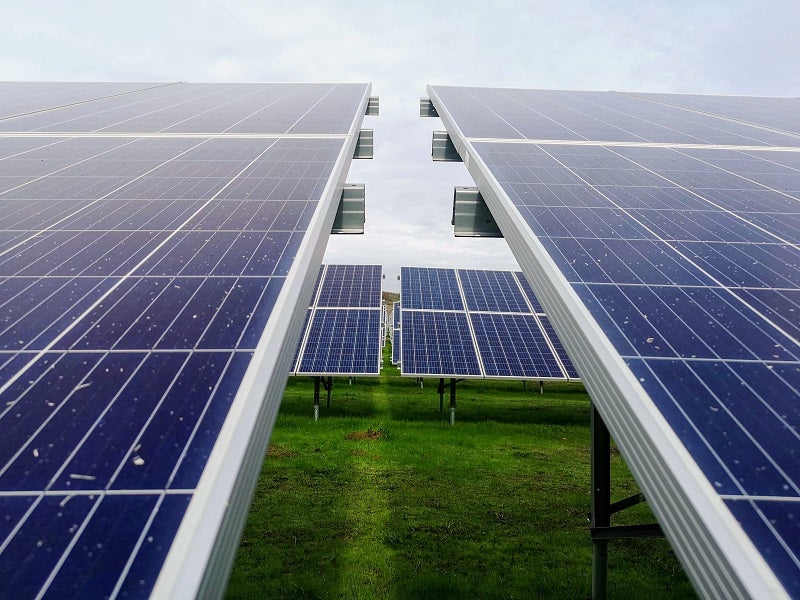
Mining giant Rio Tinto has announced plans to build its first solar plant and a lithium-ion battery energy storage system at the Koodaideri mine in the Pilbara, Australia.
The new solar facility and the battery energy storage system will be built with an investment of an A$98m ($65.9m) and is expected to power the company’s Pilbara power network.
Rio Tinto Iron Ore CEO Chris Salisbury said: “The construction of our first solar plant in the Pilbara is a significant milestone for the business and an important step in reducing our carbon footprint in the region.
“We are investigating additional renewable energy options in the Pilbara, as well as other opportunities to reduce emissions across our entire global portfolio, building on the 43% reduction in absolute greenhouse gas emissions since 2008.”
Spread across 105ha of land, Rio Tinto’s first company-owned solar facility will have 100,000 panels.
The facility will be supported by 12MWh battery energy storage system in Tom Price.

US Tariffs are shifting - will you react or anticipate?
Don’t let policy changes catch you off guard. Stay proactive with real-time data and expert analysis.
By GlobalDataThe battery power storage facility is expected to offer spinning reserve generating capacity to support a stable and reliable network.
Subject to government approvals, the construction work at the site is expected to begin later this year and will be completed in 2021.
Following the completion, the 34MW solar photovoltaic (PV) plant is expected to meet Koodaideri’s electricity demand during peak solar power generation times and approximately 65% of the mine’s average electricity demand.
The new solar facility will reduce annual carbon dioxide emissions by approximately 90,000t compared to a conventional gas-fired power plant.
Rio Tinto will also set up new emissions reduction targets this year as part of its transition to lower-carbon operations.



